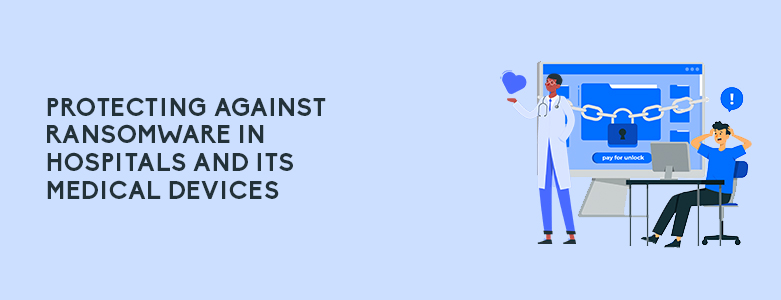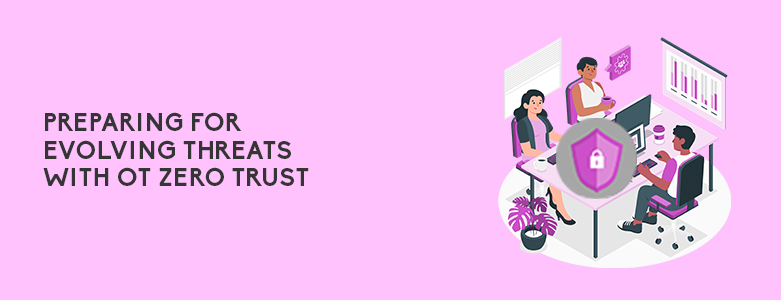Protecting Against Ransomware in Philippine Hospitals and Their Medical Devices

Ransomware attacks have grown to a point where it is no longer just known to the IT industry, but also in the mainstream. Ransomware attacks have risen over the past years, from consumers to even specialized industries like healthcare. It can cause sudden loss of data if threat actors choose to keep stolen data encrypted. […]
Preparing for Evolving Threats with OT Zero Trust

Every year new technologies are being introduced into the IT business environment to improve it for the better. On the other hand, threats as well have been improving the ways to disrupt businesses and finding ways to exploit security vulnerabilities to steal or ransom your data. Attackers in recent years have focused their efforts on […]
